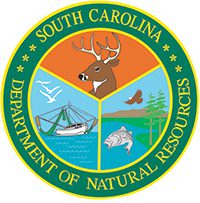Behind habit destruction, the #1 reason for threatened and endangered
species is loss caused by Introduced Invasive Species!
Introduced species are a greater threat to native biodiversity than pollution, harvest, and disease combined.
More than 400 of the over 1,300 species currently protected under the Endangered Species Act, and more than 180 candidate species for listing are considered to be at risk at least partly due to displacement by, competition with, and predation by invasive species. Invasive species are a leading factor in freshwater fish extinctions and endangerments. Non-native invasive species cost the economy of the United States more than $120 billion annually in lost production and control costs.
In the absence of native predators and diseases, nonindigenous organisms may develop very large populations that create severe ecological and economic problems. When such invasions occur in our lakes and rivers they can disrupt whole aquatic ecosystems and impair important municipal, industrial, agricultural, and recreational uses of our waterways. Exotic plant and animal species that threaten the diversity and use of our waters are typically termed Aquatic Invasive Species (AIS). Estuarine and marine environments are also impacted by aquatic nuisance species; however, the focus of this section is on freshwater species.
In South Carolina, the principal focus of managing AIS has been directed at nuisance aquatic plants, exotic mussels, and exotic fishes. Historically, non-native species have been introduced to South Carolina through direct stocking, aquascaping, shipping, aquarium releases and bait releases. Some species also “hitchhike” on boats, motors and trailers. South Carolina spends several hundred thousand dollars per year managing invasive aquatic vegetation threats alone. Annually, the State of Florida spends more than $100 million on exotic plant and animal and insect control. In 1991, an invasion of the aquatic weed hydrilla shut down the St. Stephen hydroelectric plant on Lake Moultrie for weeks, costing $4 million in lost productivity and $526,000 worth of gamefish deaths.

